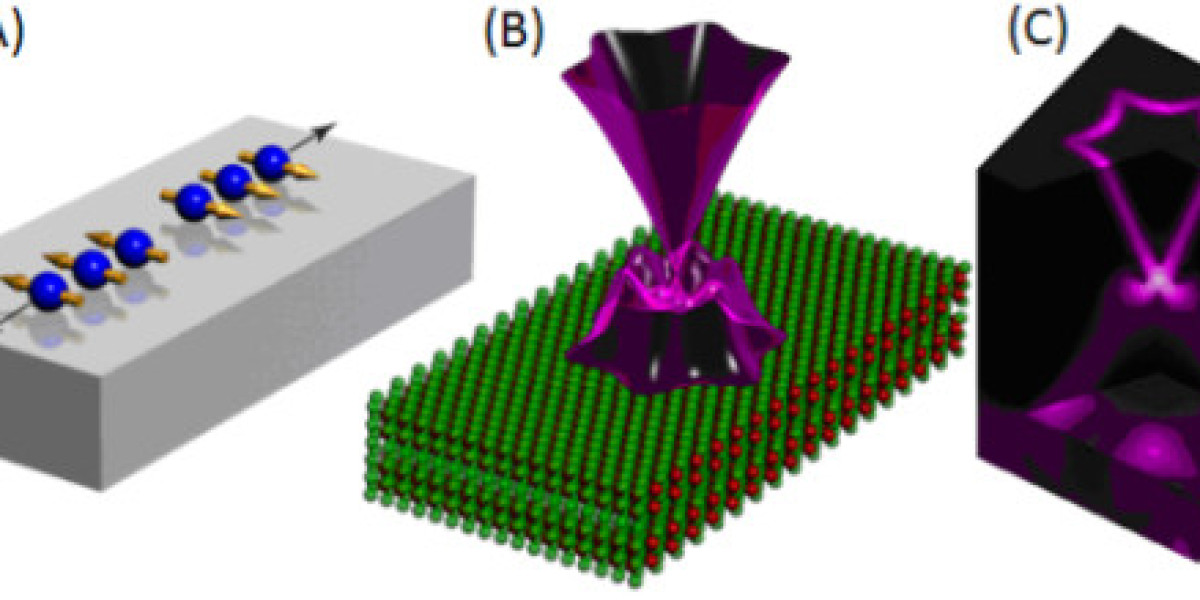The Topological Insulators (TIs) market operates at the frontier of quantum materials science, holding the key to unlocking the next generation of computing and electronics. These materials are exotic: while their bulk interior acts as an electrical insulator, their surface or edges are perfect conductors, allowing electrons to flow with exceptional efficiency, protected from scattering and impurities. This unique property makes them essential for high-performance, ultra-low-power devices.
The global Topological Insulators Industry, currently a small but highly strategic market valued at US$ 6.6 Million in 2024, is poised for rapid expansion as research translates into commercial viability. It is estimated to expand at a robust Compound Annual Growth Rate (CAGR) of 7.9% from 2025 to 2035, reaching a projected valuation of US$ 15.2 Million by the end of 2035.
? Key Drivers: Fueling the Next Era of Compute
The market's high growth rate is driven by intensive research and massive investment into next-generation computing architectures:
1. The Spintronics Revolution
The most significant commercial application for TIs lies in Spintronics—a field that seeks to utilize the electron's spin (magnetic moment) rather than its charge (electricity) to store and process information.
- Dissipationless Transport: TIs' conductive surface states exhibit a phenomenon called Spin-Momentum Locking, allowing for the efficient generation and manipulation of pure spin currents.
- Energy Efficiency: By facilitating low-dissipation electron flow, TIs are crucial for creating ultra-low-power electronic components, including next-generation non-volatile memory (e.g., MRAM), which is vital for sustainable computing.
2. The Quantum Computing Mandate
TIs are a foundational component for developing stable, fault-tolerant Quantum Computers.
- Majorana Fermions: Scientists are exploring the use of TIs to realize Majorana Zero Modes (Majorana Fermions)—exotic particles that are their own antiparticles. These protected states are considered leading candidates for building robust, error-resistant topological qubits, which could revolutionize quantum information processing.
- R&D Investment: Leading technology firms (like Microsoft and Intel) and government-funded labs are heavily investing in TI research as a direct pathway to scalable quantum architectures.
3. Demand for Energy-Efficient Electronics
The need to reduce power consumption in data centers, consumer electronics, and mobile devices is driving a shift away from traditional silicon semiconductors. TIs offer a path to creating faster, cooler, and smaller components for modern electronics and advanced optoelectronic devices.
? Market Segmentation and Trends
The market is currently dominated by the research and academic sector, but commercialization is expected to accelerate dramatically in the latter half of the forecast period (2030-2035):
Segmentation Category | Leading Segment | Key Growth Factor |
Material Type | Bismuth-based TIs (e.g., $Bi_2Se_3, Bi_2Te_3$) | Dominant material due to ease of synthesis, single-crystal form availability, and stability. |
Application | Spintronics & Next-Gen Electronics | Transition from proof-of-concept to prototype for low-power memory and logic devices. |
Form | Thin Films/Nanostructures | Essential for integration into existing semiconductor fabrication processes. |
Key Challenges: Despite the potential, the market is constrained by the complexity and high cost of synthesizing high-purity, stable TI materials and the technical challenges of integrating these exotic materials into existing, commercial-scale semiconductor manufacturing processes.
? The 2035 Outlook: From Lab to Fab
The journey to US$ 15.2 Million will be marked by pivotal breakthroughs in material engineering. As production processes become more scalable, cost-effective, and reproducible—and as room-temperature TIs are commercialized—these materials will move out of specialized research labs and into dedicated fabrication facilities ("Fab").
By 2035, topological insulators are expected to be an established, albeit highly specialized, component in the semiconductor supply chain, primarily serving the needs of the emerging quantum computing hardware sector and the high-performance, low-power spintronics industry.







